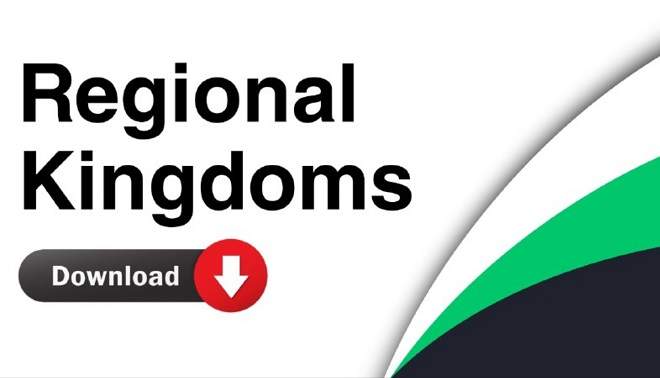Regional_Kingdoms.pdf 2024
India was controlled by several dynasties in the Early Mediaeval Period. The Rajputs, the Ghaznavids, the Ghorids, the Palas, and the Gurjara-Pratiharas were strongholds in the north. There were a few lesser kingdoms and the Rashtrakutas in the Deccan. The three main ethnic groups in the south were the Pallavas, Pandyas, and Cholas.

At its height, the Delhi Sultanate encompassed states like the Deccan states of Warangal, the southern state of the Hoysalas of Dwarasamudra, the Pandyas of Madurai, and several Rajputana states like Jalore, Ranthambore, Ajmer, and Nagore. It also included states like Bihar, Bengal, Malwa, and Gujarat. However, because of internal instability, the dissolution of the Delhi Sultanate began under the reign of Firoz Shah Tughlaq (after the 13th century). A number of the mediaeval Indian provinces gained strength after declaring their independence from the Delhi Sultanate. These included the Vijayanagara Kingdom, the Bahmani Kingdom, the Sultanates of Gujarat, Bengal, Malwa, and Jaunpur, which is close to Varanasi.
You may learn all about the two significant provincial kingdoms that arose—the Vijayanagara and the Bahmani kingdoms—in this article. This is a crucial component in the mediaeval history section of the UPSC test. For UPSC notes on the Delhi Sultanate, click on the links in the table below.
Deccan and Southern India
Following the fall of the Delhi Sultanate, two significant kingdoms were formed: the Vijayanagara and the Bahmani kingdoms.
Bahmani Administration
The Bahmani kingdom had a well-functioning administrative structure. Before Mahmud Gawan split it into eight tarafs or provinces during his tenure, the sultanate was divided into four administrative divisions known as tarafs or provinces. These provinces were Gulbarga, Berar, Bidar and Daulatabad. Each province was governed by a tarafdar, also known as a subedar. The costs of the monarch and the royal household were covered by a belt of land (khalisa) in each province that was set off from the tarafdars’ authority. Nobles received payment in the form of jagir or land, or in cash. The Bahmanis knew how to handle guns, and they made use of Portuguese
The Bahmani kings relied on their amirs for military assistance, and they were divided into two groups: the Deccanis, or immigrant Muslims, who had lived in the Deccan for a long time, and the Afaqis, or pardesis, who had just moved to the area from Central Asia, Iraq, or Iran. There was perpetual rivalry between these two factions for more senior governmental positions. The Bahmani kingdom started to fall apart as a result of these internal conflicts, which made the sultanate unstable.
Related Post
- World Climatic Zones PDF Download
- Constitution of india pdf | Indian Polity NOtes PDF
- Ghatna Chakra PDF- Free Download
- UPSC Mains GS 1 Question Papers Topic wise
- Vision IAS Governance Notes | Download Vision IAS Governance Notes PDF For UPSC